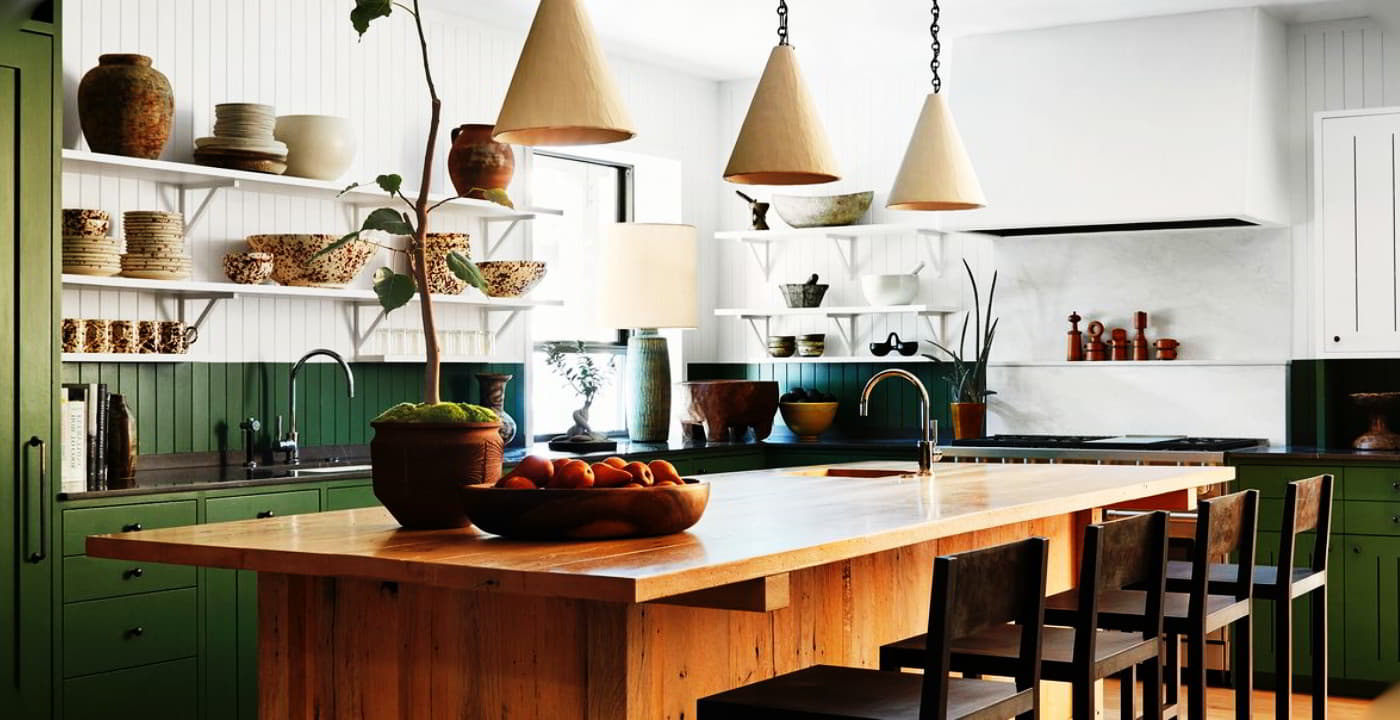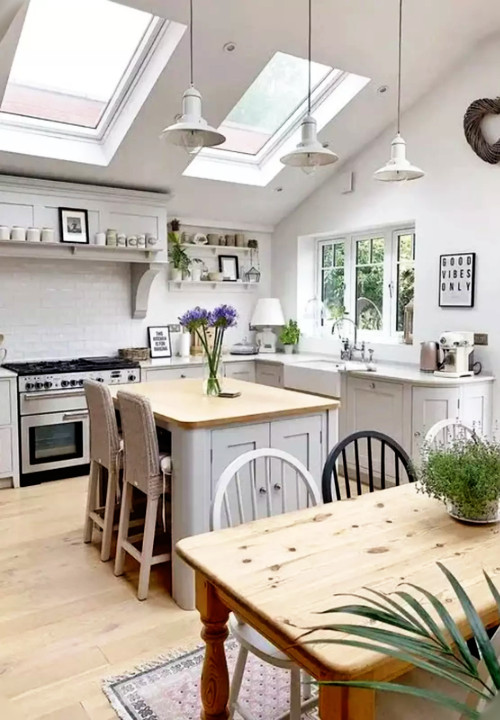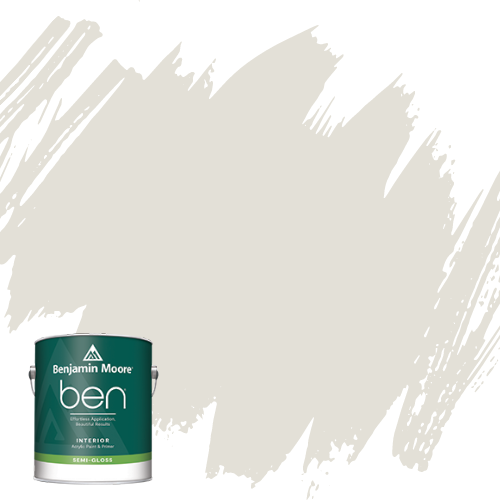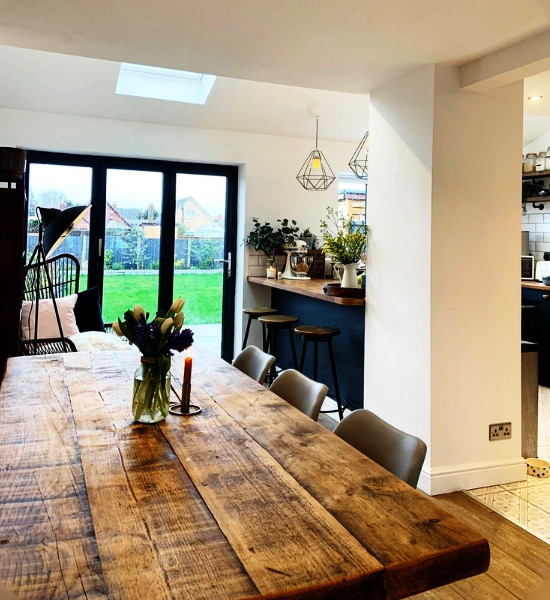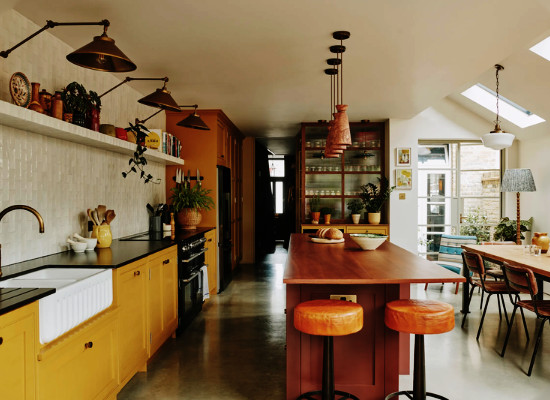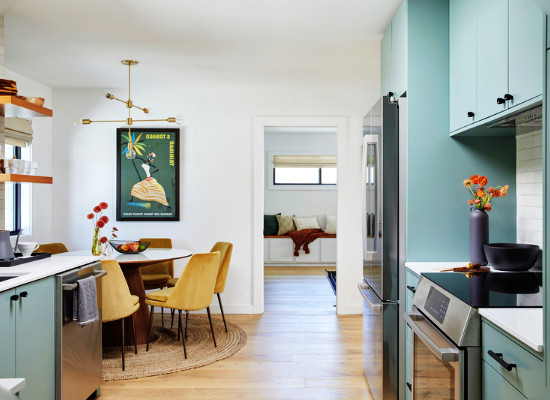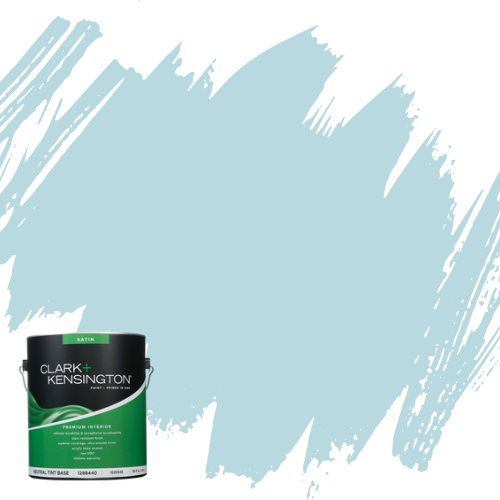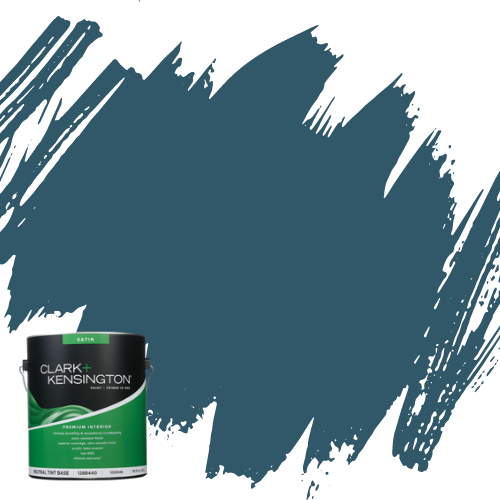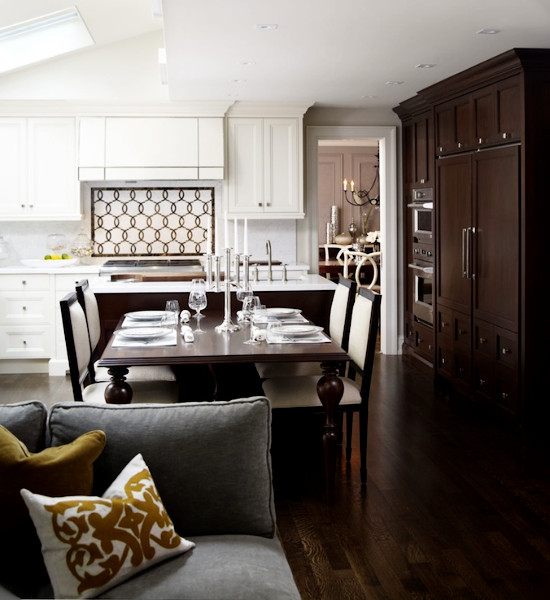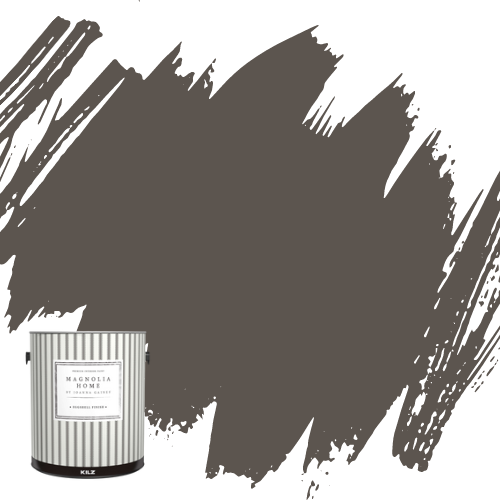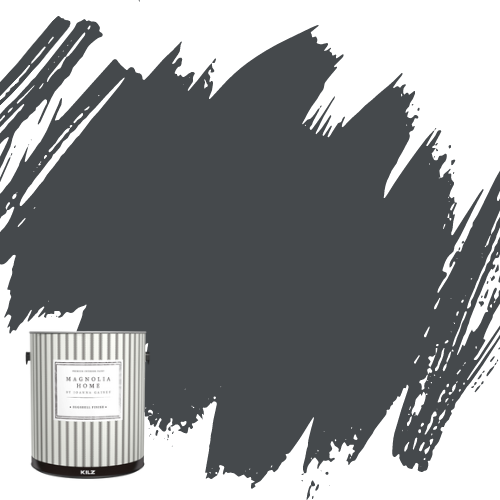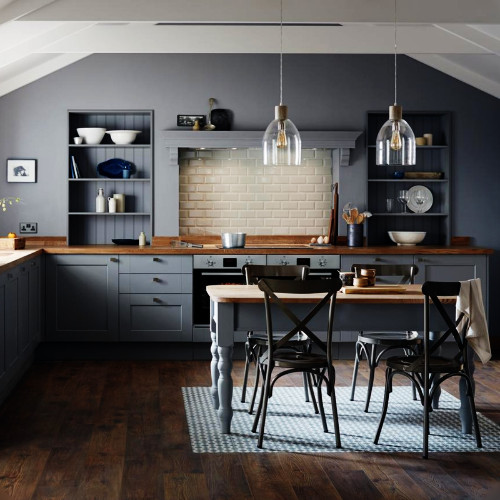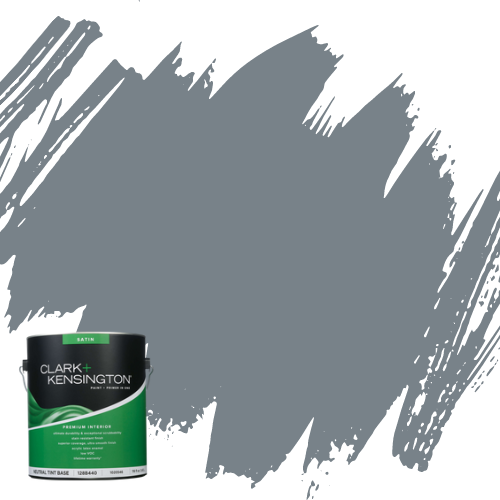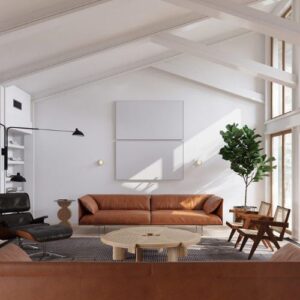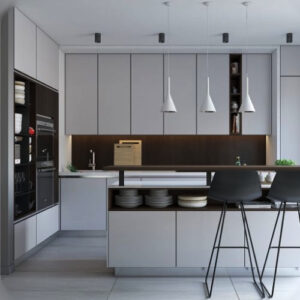When it comes to designing a beautiful home, one of the most important elements is choosing the right color scheme for your dining room and kitchen.
It can be hard to know what decision to make as there are so many factors to consider, including what will complement the rest of your home, create the desired ambience, as well as other factors like lighting and room size.
But there’s no need to worry, we’re here with seven great color schemes that will inspire you to create a welcoming and inviting space – a space that suits both your own personal taste and the style of your home.
Our Top Three Kitchen Diner Ideas



How Do You Choose the Right Dining Room Kitchen Color Scheme?
Choosing the right color scheme for your dining room and kitchen can be challenging, but several factors can help you make the right choice. Consider your home’s style, the ambience you want to create, the room size, and lighting.
Darker colors can overwhelm small spaces with poor lighting, while lighter colors lack warmth and depth. Ultimately, your color choice should reflect your personal style and preferences because, let’s face it, you’re going to be seeing these colors every day so you need to love them!
Kitchen Dining Room Color Schemes
1. White and Gray
A classic color combination in every sense, white and gray creates a clean, modern and sophisticated kitchen dining space. Lighter shades of gray with white can also help to create a more spacious feeling room. Add in accent colors and textures for more depth – we love to use some verdant foliage (like in the image above) for this!
Shop the Look:
Pros
- Light and airy
- Contemporary
Cons
- Can lack depth
2. Turquoise and White
If you want a bold, vibrant look, then try using turquoise in your kitchen dining room. Pair this energetic shade with a crisp white for a neutralising effect that still manages to retain personality. Create visual interest and texture by introducing materials such as natural wood or rattan.
Pros
- Bright
- Energetic
Cons
- Bold shades can overwhelm
3. Yellow
Pros
- Happy
- Energetic
Cons
- Can be limiting in terms of the other colors that can be used in the room
4. Blue and White
Blue and white together offer a timeless color palette that provides enduring style. These shades will create a fresh but calming atmosphere that’s ideal for a kitchen dining area. For a contemporary, sleek finish, pair with stainless steel appliance and silver hardware and feature some light wood accents.
Pros
- Sleek
- Calming
Cons
- Lighter shades of blue can show dirt more easily
5. Navy
For an elegant alternative to harsh black tones, use a classic navy shade that will help to bring depth and richness to the room. This sophisticated shade is versatile and works well with a variety of shades, including white, cream, gray and beige. Add depth and texture with white marble countertops, natural wood accents, and gold or brass hardware.
Pros
- Elegant
- Softer alternative to black
Cons
- Can darken smaller rooms that lack light
6. Brown and White
For a warm and cosy kitchen dining space, introduce a brown and white color scheme. These colors create a perfectly balanced room as the white will help to lift dark chocolate tones whilst the brown adds gorgeous depth. For further visual interest, you could add a color pop through accessories or floral arrangements.
Pros
- Warm and cosy
- Balanced
Cons
- Brown can look dated
7. Black and White
Add a sense of sophistication to your kitchen dining room, with a high-contrast black and white color scheme. This look is the ideal base for those who want to add a color pop through accessories or some potted plants. A great idea for open plan color schemes that would work well with black and white is to add a third shade and create color block segments of each area in the room, as seen in the seating area in this picture.
Pros
- Ideal base
- High-contrast look
Cons
- Too bold for some
8. Sage Green
For an unusual (but relaxing) kitchen diner paint idea, try sage green. This on-trend color is perfect for adding a subtle pop of color that still manages to feel calm and soothing. This color works especially well with wood tones, white or cream.
Pros
- Calm and soothing
- Subtle color pop
Cons
- Can lack depth
9. Gray
Known for being a modern neutral tone, gray is perfect for creating a chic kitchen dining space. For those who think the entire kitchen dining room should be the same color, the use of the block color seen here is a great way to execute that. This gray tone is perfect for more industrial spaces; simply introduce some natural wood or brick for added texture.
Pros
- Chic
- Modern
Cons
- Lacks warmth
What Color Schemes Should be Avoided for a Dining Room?
When it comes to choosing a color scheme for your kitchen dining room, there are some color schemes that won’t work so well. Palettes to avoid include:
1. Red and Black
While red can create a warm and inviting atmosphere in a kitchen dining room, pairing it with black can make the room feel too dark and oppressive. This combination can feel overwhelming which isn’t ideal for those wanting a relaxing space.
2. Orange and Brown
Orange and brown are both warm, earthy colors but the lack of contrast between the two shades can leave quite a dull, dated look that engulfs the room.
3. Bright Neon Colors
Bright neon colors are fun and playful but wouldn’t be well suited to a kitchen dining room as they can be distracting and overpowering and visually tiring for long periods of time.
Conclusion
A kitchen with a dining room is a big space to decorate which can make choosing a color scheme difficult as you won’t want to get it wrong but also, some shades can overwhelm large rooms.
Although there are some colors that won’t be suitable, there is still a wide range of shades that will create a beautiful space to suit all tastes – from the bold to the calm.
Be sure to consider the atmosphere you want to create. Take into account the existing decor and natural light in the space. With a little creativity and experimentation, you can find the perfect color scheme to transform your dining room and kitchen into a stunning and cohesive area.

